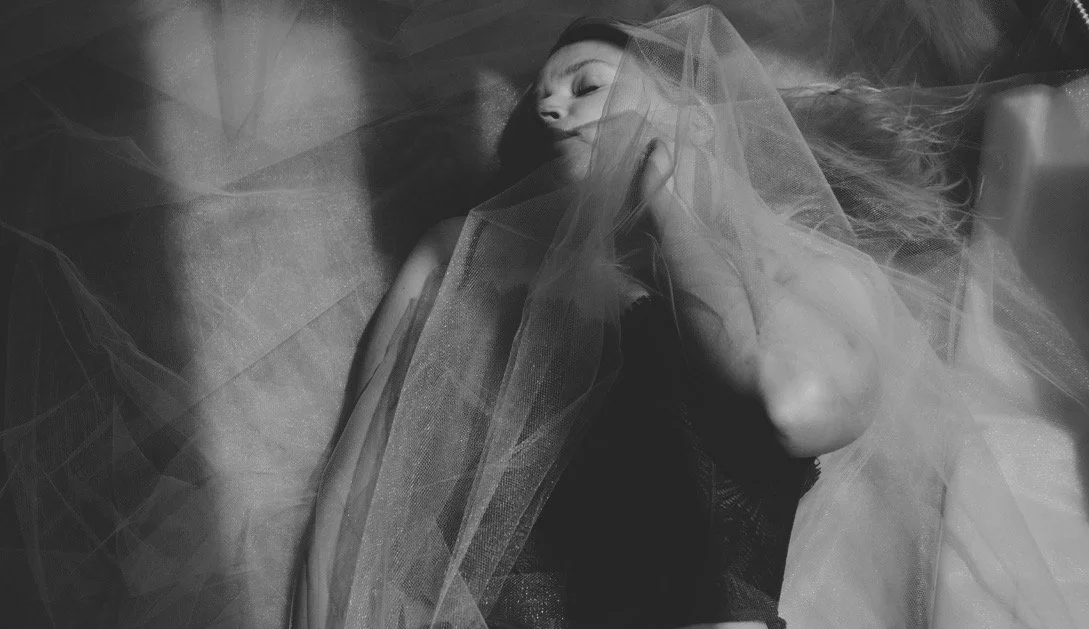Religious Trauma and Art Therapy
What is religious trauma? An emotional, physical, or psychological response to a religious practice, belief, or structure that overwhelms the body’s ability to cope and return to a place of safety.
As with other trauma responses, it is contained within the body and activates the nervous system. Religious messages, events, relationships, and stories may contribute to the body reacting accordingly in defense. In this context, the body becomes overwhelmed by facing a real or perceived threat. For example, aversive control or power from a person, system, or organization over another individual that inhibits their ability to make decisions for themselves can create an unsafe environment. When autonomy, power, and control are removed from an individual, it is possible that their ability to make choices and their access to resources is also limited.
The feeling of powerlessness or suppression—whether through authoritarian leadership, rigid doctrine, or oppressive structures—can significantly affect an individual’s well-being. When control is taken away from someone, their ability to make choices, access resources, and pursue personal growth may be severely restricted, leading to a profound sense of helplessness or disconnection. This not only impacts the person’s spiritual identity but can affect their physical and emotional health as well, creating a long-term struggle to regain a sense of safety, agency, and well-being.



